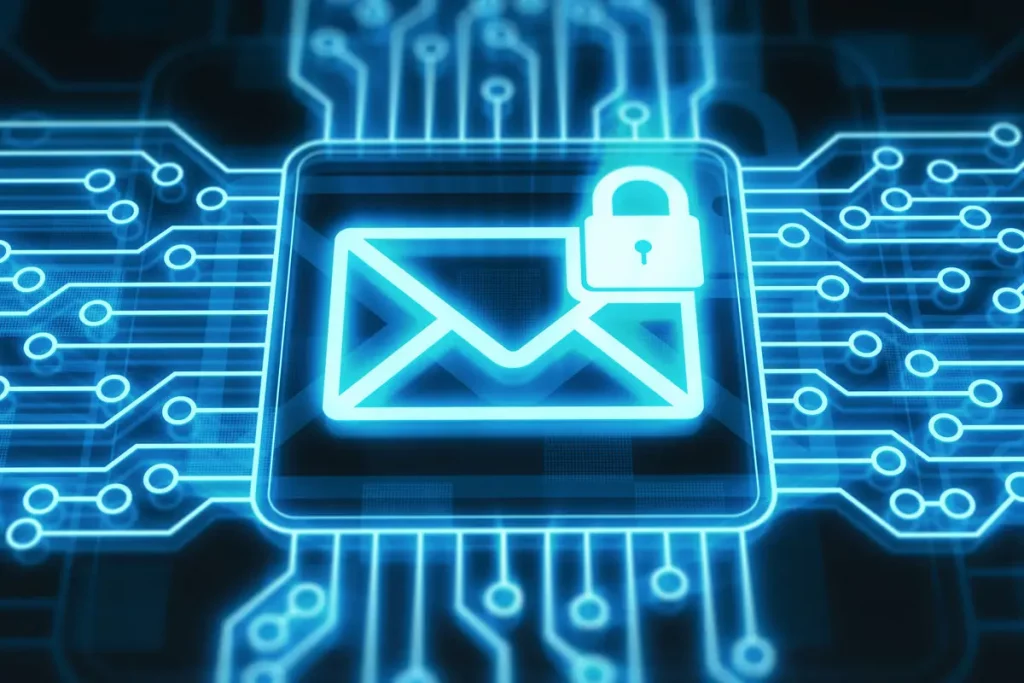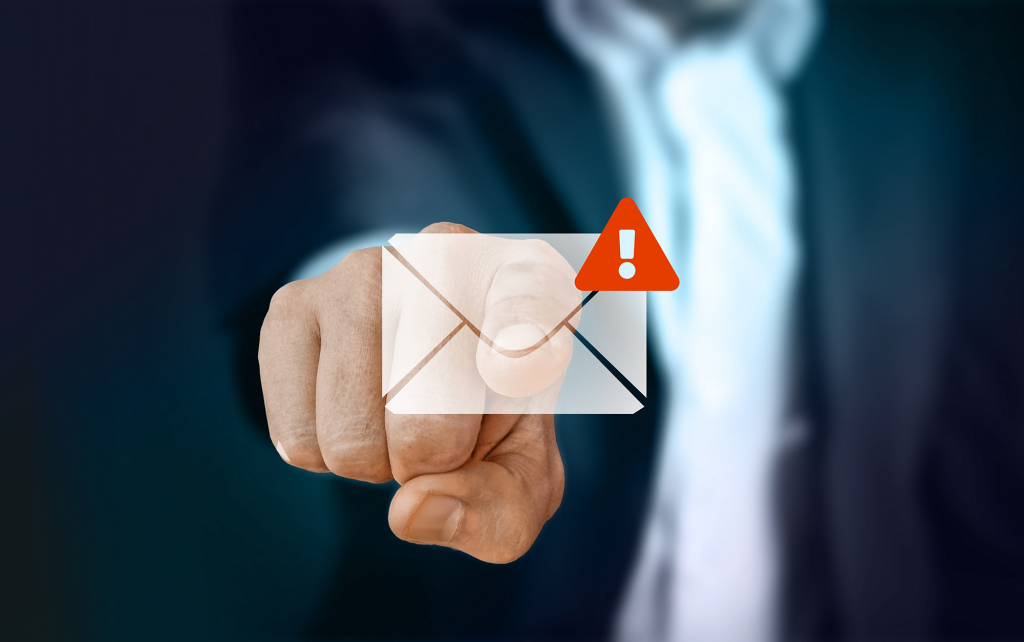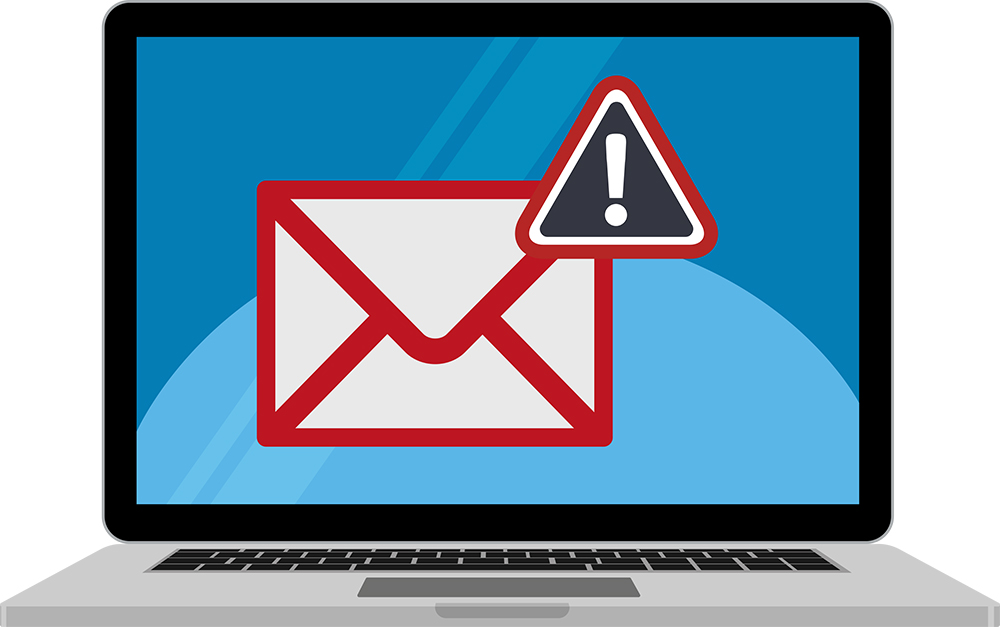Did You Check Your Spam Folder?
Did You Check Your Spam Folder? Email services automatically classify messages as “spam” if they look to be scam. In general, they do a pretty good job. But those filters aren’t perfect, and occasionally you may see messages you want getting sent to the spam folder. This can cause a lot of problems for your business. Take a look to see the importance of checking your spam folder.

How Does Email Filtering Work?
Check your SPAM folder! It is essential that your ISP has tools in place to keep spam emails in check. Your ISP wants to keep your business secure and your inboxes as spam-free as possible. Every email that arrives in your inbox goes through a filtering process that reviews it for legitimacy and any malicious cues.
If the email does not pass the filtering process, it gets placed in one of two places: your junk folder or your quarantine folder if it’s malicious. Although only one out of every hundred emails are malicious, it only takes one to send your organization spiraling into a frenzy. It’s a really good thing that most of those emails are filtered out before you ever see them!

Cloud-Based Spam Filters
Securing a company’s network, data, digital assets, and communications is a critical priority for organizations large and small. Many companies use gateway, or cloud-based email spam filters to filter and quarantine both inbound and outbound messages that are suspicious.
Gateway spam filters are installed on servers onsite, whereas cloud-based filters run on 3rd party servers. Functionally, they serve a similar purpose, protecting a company’s network by securing its digital borders
Email Service Providers Built-In Filters
For B2C and B2B senders, Google, Microsoft, and Yahoo’s built-in spam and inbox sorting technologies are going to be the most common challenge you’ll face. Let’s take a look at how the three largest email service providers (ESP’s) identify spam. First, we’ll look at the factors they use, and then we’ll look at each provider individually to see how they differ.

Source IP
If you’re reading this, you have an IP address; it’s your unique identifier online. One of the first factors email service providers will look at when determining if an email is spam is the IP address of the sender. If a specific IP address has received many complaints in the past, email from that address is more likely to be identified as spam. The email from an IP with a very poor reputation may not be accepted by the server at all.
Spam Traps
One of the quickest ways to damage your IP and domain reputation is by sending email to spam traps. If a user stop using an email account, eventually, the email provider may shut it down. For Yahoo and Gmail accounts, this happens after 270 days.
Once an email account is locked, ESP’s will sometimes recycle the email address and turn it into a spam trap. Sending to spam traps will not trigger a bounce, but senders who email them may be penalized. This is why it’s crucial to remove completely inactive addresses from your email list. The risk of accidentally emailing a spam trap is too high.
Email providers sometimes plant fake email addresses around the web in places where bots may scrape them. These addresses can end up on bulk email lists for sale online. Emailing one of these “pristine” spam traps can levy a hefty penalty for the sender and even land you on an email blacklist.

Orlando Marketing Firm
Marketing may be confusing, but it doesn’t have to be. Reach out to us for some consultation and education. You never know what you may learn next. Call 1-800-357-1299 or shoot us a Message Here.




